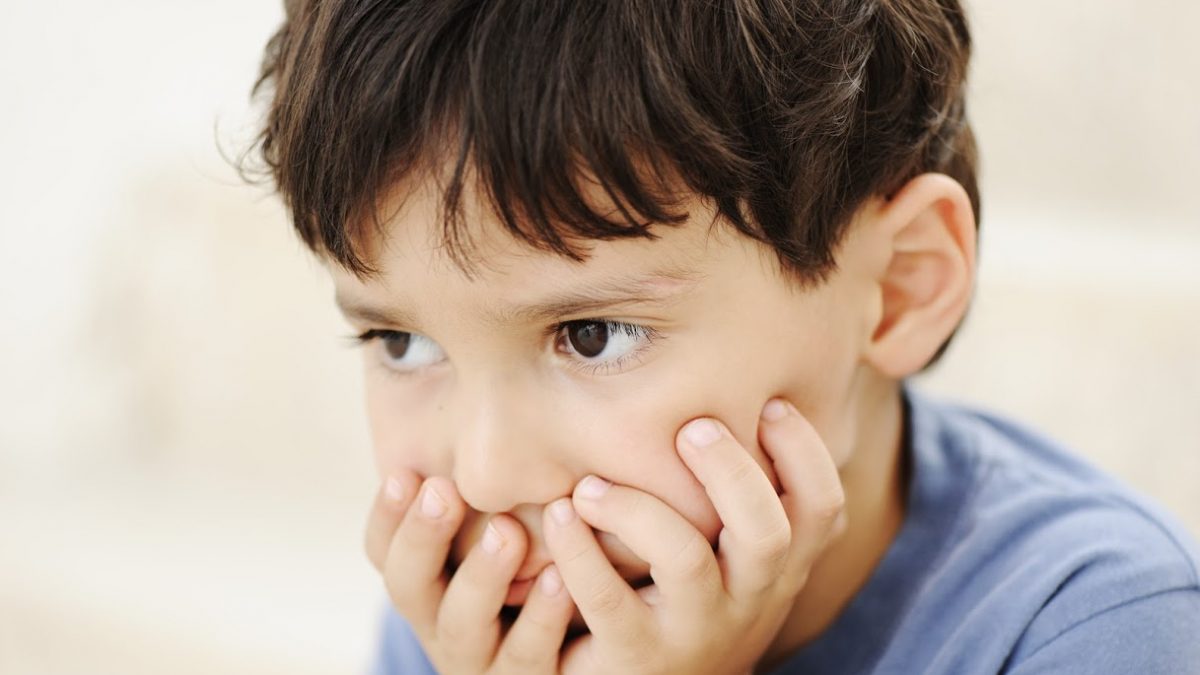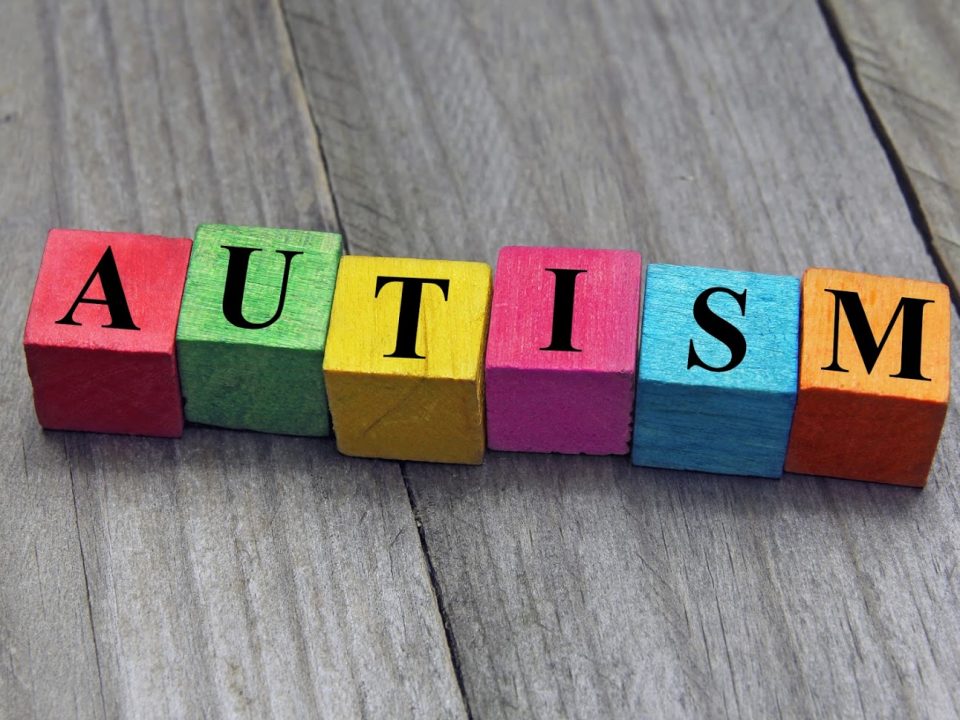- Behavioral Analysis and Behavioral Health Services
- 1-877-992-2224
- tteabout@abaadaptiveservices.com

The Next Steps After an Autism Diagnosis
May 7, 2020Applied Behavior Analysis (ABA) is a form of therapy that is commonly used to help kids with autism better function and express themselves. When started before the age of 4 and practiced for at least 20 hours a week, ABA can really help kids with autism.
Of course, this type of therapy is complicated and intense, so there are multiple types of ABA. Check out these four common types to determine which ones are right for your child.
Discrete Trial Training
Discrete trial training is usually performed one on one, and it is highly structured to help the child better thrive. This type of training is designed to break down actions, objects, etc., and it comprises four steps: discriminative stimulus, child response, consequence, and intertrial interval.
For example, the teacher may place several blue cards and one red card in front of the child and ask them to point to the red card (stimulus). The child then responds by pointing to one of the cards (child response). If the child was correct, the teacher may say “good job” or give another simple affirmation (consequence). The teacher will usually wait a few seconds before starting the next trial (intertrial interval).
Early Intensive Behavioral intervention
Discrete trial training is commonly used as part of Early Intensive Behavioral Intervention. This type of therapy is designed to help reduce unwanted habits and increase positive habits. For example, if your child experiences tantrums frequently, this type of therapy can help teach the child healthy coping mechanisms for when they are unhappy.
Ideally, this treatment needs to begin before the age of five, and it can actually take several years as the therapy includes early communicative language, grammatical language, and socialization to prepare the child for school. If you want the best results, expect to spend 20 to 40 hours a week on early intensive behavioral intervention.
Pivotal Response Training
Pivotal Response Training is a more advanced therapy to help children with autism better interact with others and care for themselves. One main aspect of this training is to help boost the child’s motivation in wanting to change their behaviors, which ultimately makes the entire process much easier. At this stage, more cues and stimuli may be thrown at your child to help them function in complex settings.
This training helps with social development by teaching and encouraging the child to initiate actions, conversations, etc. Your child will also develop their empathy to better help them understand other people. Finally, self-management is taught to help the child monitor and change their behaviors themselves. This way, they are more aware of their behavior and how it may affect others.
Verbal Behavior Intervention
Verbal behavior intervention is about helping your child better communicate verbally. Many kids with autism may be able to use words, but they don’t use them properly because they don’t know what the items are used for. For example, if you point at the toilet and ask what it is, your child may be able to answer correctly because they’ve been taught that is a toilet.
However, they may not connect the toilet to the need to go to the bathroom, so when they do need to use the bathroom, they don’t mention a toilet. With Verbal Behavior Intervention, your child will learn why and when we use those items so they can better express their needs or wants.
If your child has autism, there are many therapies that can improve their communication and reduce unwanted behavior such as self-harm or tantrums. Results largely depend on how early you begin and how often you perform the therapy. If you would like to know more about ABA therapy, contact us at ABA Adaptive Services today.



